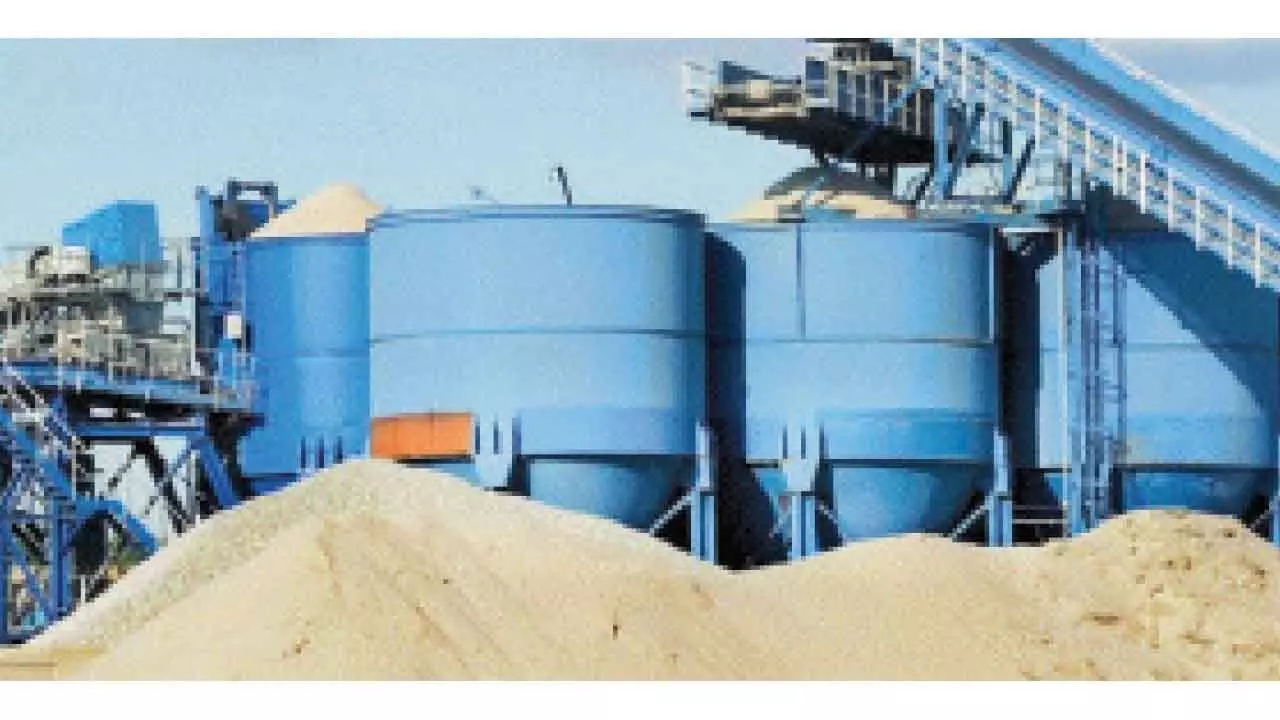Bullish Outlook For Cement Sector Acquisitions In India
To scale up quickly with access to captive limestone mines more economically
Bullish Outlook For Cement Sector Acquisitions In India

Mumbai: The ongoing consolidation in the Indian cement industry is expected to accrue three significant benefits to the acquirers over the medium term which includes wider geographical reach, access to crucial limestone reserves, and economies of scale, according to a Crisil report released on Monday.
These benefits will more than offset a marginal increase in the financial leverage of the acquirers and thus, support an improvement in their credit profiles over the medium term, it said.
The consolidation began in fiscal 2024, with 51 MT of capacity acquired to date and an additional 14 MT worth of buyouts announced, which are likely to be completed by the first half of fiscal 2026, the report stated.
While the industry has a record of buying capacities in quick succession, the current phase, with about 11 per cent of the installed capacity changing hands, is the highest ever in a block of two years.
Crisil Ratings's Senior Director Manish Gupta said: "The recent spate of acquisitions is providing the acquirers an opportunity to scale up quickly and strengthen their market position, as well as access to captive limestone mines more economically. Additionally, around 92 per cent of capacity being acquired will enable acquirers to expand footprint in their existing regions and result in lower lead distance." Inorganic growth also obviates the higher project implementation risks associated with organic expansion, in terms of procurement of land, tying up limestone mining leases, setting up clinker, grinding and captive power capacities, and stabilising the plant post-commissioning, he added. Crisil Ratings's Director Ankit Kedia said: "One of the major drivers of the surge in acquisitions recently is reasonable valuations. The average enterprise value of Rs8,000-9,000 per tonne in this round is comparable to the cost of setting up a greenfield integrated cement plant. That’s because about 81 per cent of these were distressed assets and were sold at a discount.

